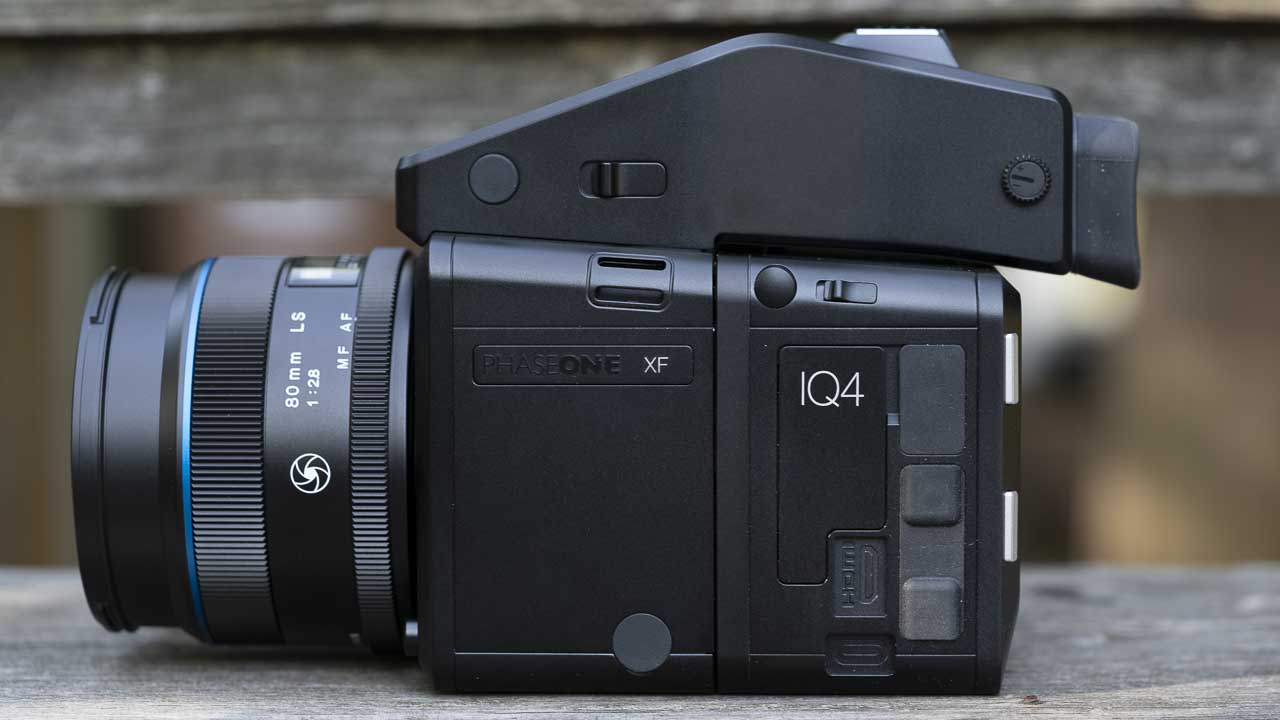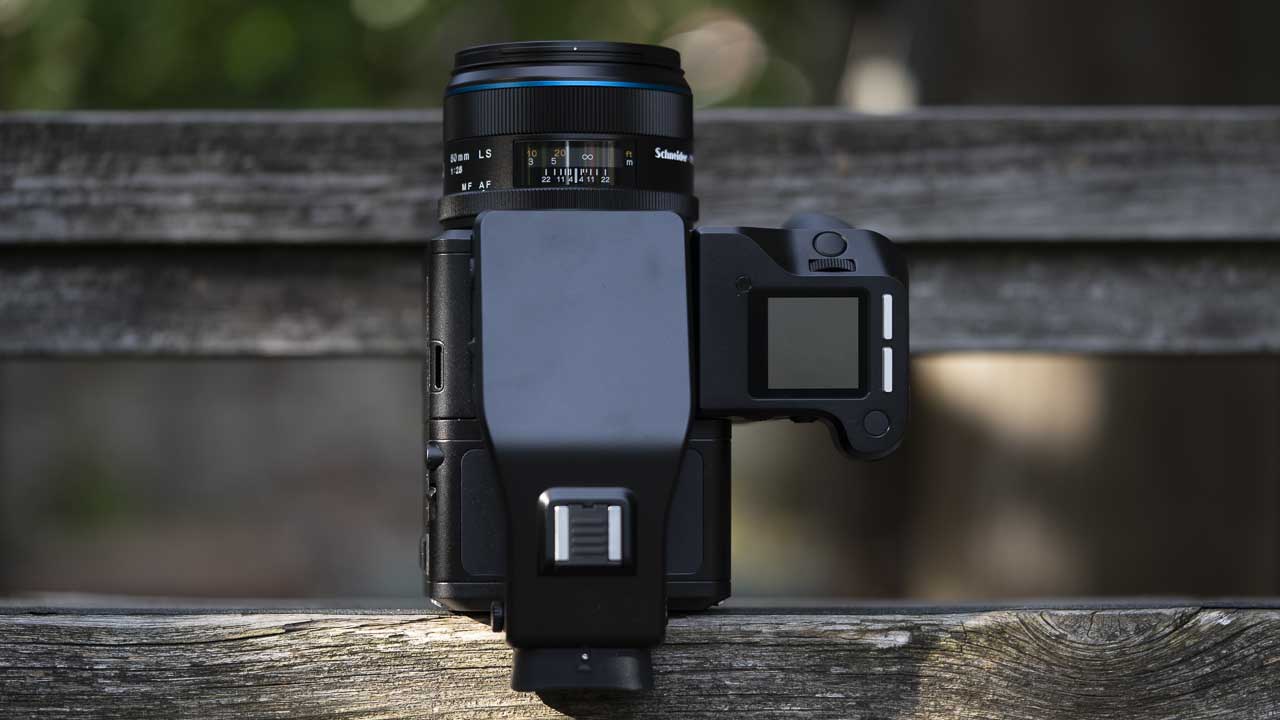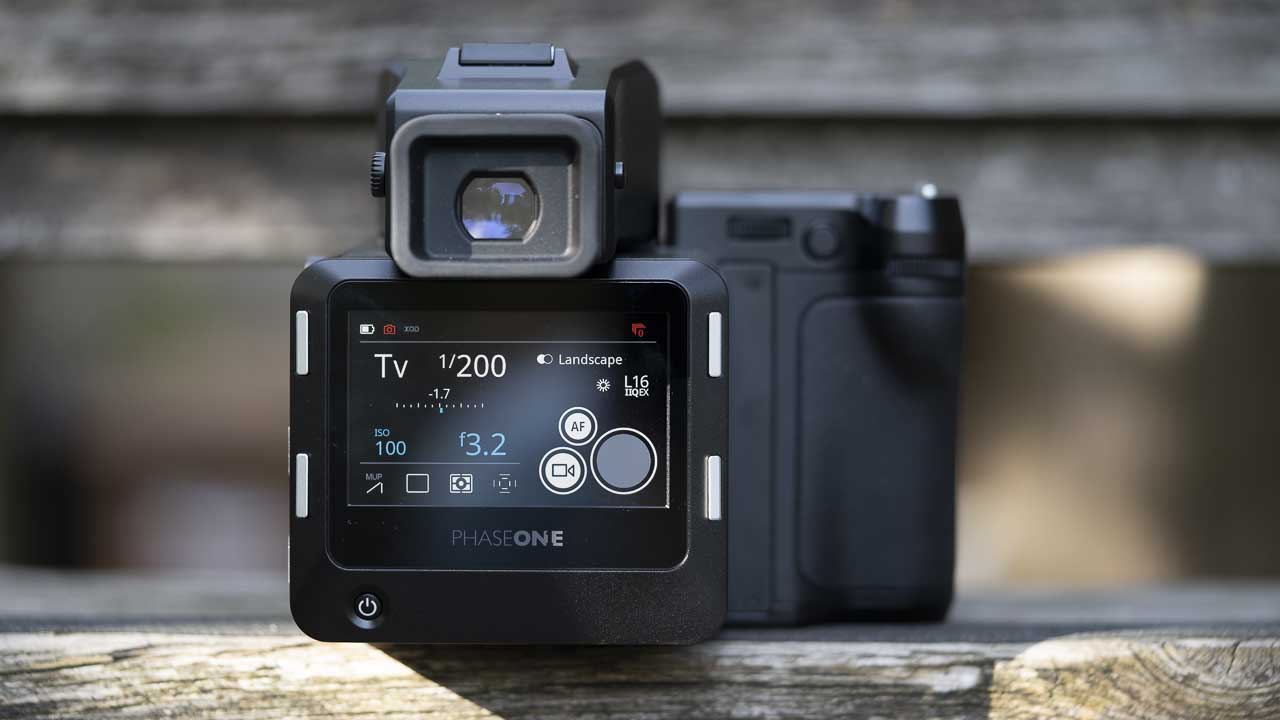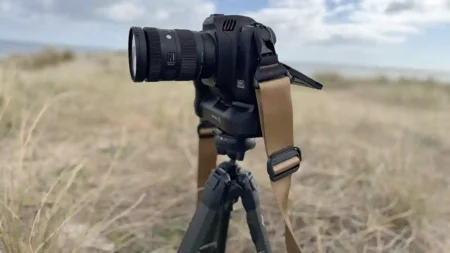Snap Verdict
While the Phase One XF camera system may not be the most versatile beast, when it’s paired with the IQ4 150MP digital back, it can’t be beaten for detail resolution. We’ve tested the XF camera with different backs before and its clever technology such as the seismograph, exposure zone view and hyperfocal mode continue to impress. However, the autofocus system seems out of step with those in most modern cameras. The £40,800/$51,990 price tag (which includes a lens) also puts it beyond the reach of the vast majority of photographers, however, it could be an excellent hire camera for that special project.
For
- Incredible level of detail
- Robust build
- Elastic images with lots of dynamic range
Against
- Staggering cost
- Large and heavy
- Single AF point and slow focusing
Features
The Phase One XF is a modular medium format DSLR. That means the lens, back and viewfinder are interchangeable. Phase One has introduced three varieties of the IQ4, the 150MP, 100MP Trichromatic and 150MP Achromatic.
We’re reviewing the 150MP camera system here. This couples the XF camera with a 53.4 x 40.1mm backside-illuminated (BSI) sensor with 151M effective pixels. That sensor is 2.5x the size of a small format full-frame sensor and it produces 14,204 x 10,652pixel images.
The XF has Phase One’s Honeybee Autofocus Platform. This is updatable but it has just one AF area, which is at the centre of the frame. This means that the focus-and-recompose technique comes in handy. With that in mind, there’s an AFr feature, which adjusts the focus to take the shift in composition into account.
Alternatively, you can focus manually or in live view mode. The live view image can also be seen on a computer screen when the camera is tethered.
Phase One has also given the XF 150MP two touch-sensitive screens, a seismograph that detects vibration, a Hyperfocal mode, a built-in Profoto Air trigger and Focus Stacking to simplify shooting a series of images with the focus shifting between two specified points.

Capture One Built-in
Phase One introduced its ‘Infinity Platform’ with the IQ4 backs. This incorporates the core of Capture One’s processing engine to give photographers more control over the raw files in-camera.
Consequently, the Phase One XF IQ4 150MP has a set of ‘IQ Styles’ with options such as B&W High Contrast, Landscape and Fashion. The camera applies these styles to the raw images, but they are editable in Capture One on a computer.
Interestingly, if you shoot with one of the black and white modes selected, the image is black and white in Capture One. However, you can create a colour image by unticking ‘Enable Black & White’.

Build and Handling
At 152 x 135 x 160mm and 1890g with the back and prism finder but no lens, and the XF 150MP is a whopper of a camera. By the time you’ve mounted a lens, you’re lifting some serious weight.
Fortunately, it has a good-sized grip that’s well-shaped. However, while the XF can be used handheld, the weight and the shallow depth of field afforded by the large sensor make it more at home on a tripod.
When you’ve paid in excess of £40K/$50 for a 150Mp camera, you want to eke out as much detail as possible. Therefore, it makes sense to use the mirror lock-up mode or the electronic shutter to reduce vibration. The built-in seismograph is also helpful as it can be linked to the self-timer. This sets the shutter to trip once any vibration has died down.
Both of the camera’s screens are touch-sensitive and this helps to make it fairly straightforward to use. The top-screen is especially useful when the camera is below eye-level.
There’s also a 3.2-inch touch-screen on the back of the camera. This can be used for composing images in live view mode, but I recommend using some form of hood as its glossy surface is very reflective and it can’t be tilted.
Live view mode is activated by tapping the ‘video’ icon on the screen below – the camera can’t shoot video.

While the user interface is easy to use, I find I often have to tap twice to get the screen to respond.
Three dials are provided for adjusting the shutter speed, aperture and sensitivity. In addition, there are four buttons around the screen, their function changes depending upon the display.
Performance
Thanks to its 150 million pixels it seems like you can just keep zooming into the images from the XF IQ4. However, if you do that with a portrait image while your subject is with you, they’re unlikely to be happy. Every pore and blemish is visible. There’s nowhere to hide.
This detail is maintained well as the sensitivity is pushed up (the range is ISO 50-25,600), but there seems little point in going above ISO 12,800. You don’t buy this type of camera to capture noise – go and get some lights. But the excellent detail preservation means you can shoot handheld in less than perfect conditions.
Like the IQ3, the IQ4 has an impressive dynamic range. It’s astonishing how much detail can be pulled back from very bright highlights or deep shadows when you’re processing the files in Capture One.
It pays to keep an eye on the Exposure Zone view as you’re shooting as this gives a very clear indication of which areas are close to being burned out but are recoverable. It enables you to gather the maximum amount of data for an image.
Perhaps because of the recoverability of the highlights, the XF IQ4 150MP’s metering system seems skewed towards overexposure. I found myself reducing the exposure by 1.7EV on several occasions to deliver results that look correct ‘in-camera’.
Autofocus
In an era when camera manufacturers are adding the ability to detect eyes automatically, a single AF point seems out of step. And while the XF 150MP usually gets the subject sharp, the AF system feels clunky. You can feel the focusing happening (there are big elements to move), and it can be unnervingly jittery on occasion.
The AFr system is especially useful when you’re shooting portraits. It lets you focus on the eyes then recompose and take the shot with the camera taking the change into account so the eyes remain sharp. You can even set the camera to beep so you know if it thinks it got the focus right or not.
Helpfully, you can also set the camera to zoom into the sharp area so you can verify that it got it right. And it does a decent job, but if you change from focusing and recomposing in one direction to another, it needs a couple of trial runs to get it right.
If you get the focusing slightly wrong, the scale of the images can mean you get away with it. However, you don’t spend £40K/$50K on a camera to miss the focus. You want to nail it and get the sharpest detail where you want it. That takes care because of the shallow depth of field afforded by the large sensor.
Tethered Shooting
As the focusing is so critical, it’s handy to shoot tethered with the Phase One XF IQ4 150MP. It allows you to check the details, exposure and colour on a large screen.
There are three ways to connect the XF IQ4 150MP to a computer, a USB-C or ethernet cable or via the Wi-Fi system. I opted for a USB-C cable and reached for my Tether Tools kit.
Tethered connections can sometimes be a bit flakey, but the Phase One XF IQ4’s connection with Capture One is rock-solid. I tried pulling the cable out and reconnecting, turning the camera off and on etc, but each time the software just reconnected to the camera. Images also transfer quickly to the computer ready for inspection.
One slight disappointment, however, is that an iMac 5K screen out-resolves the live view feed. This means that if you zoom in to focus on a critical point, it doesn’t look quite as sharp as you’d hope. Thankfully the focus peaking helps, and you can check the sharpness with a test shot.
Sample images
Follow the link to browse and download full-resolution images
[FAG id=84073]
Verdict
The Phase One XF IQ4 150MP is a heck of a camera and it delivers images with the most amazing amount of detail and dynamic range. It’s also built like it could take a grenade and dovetails perfectly with Capture One. For some photographers, that’s all they need to know. It will let them get the results they need.
However, it’s a huge lump to carry and its autofocus system is behind the times. It also costs more than most of the cars I’ve ever driven. While that might not be an issue for the most in-demand photographers that it is aimed at, Fujifilm’s 100Mp GFX 100 retails for just under £10K/$10K body only. That’s got to turn a few heads. The Fuji camera is also smaller and lighter than the Phase One camera and it can shoot 4K video and focus with impressive speed.


